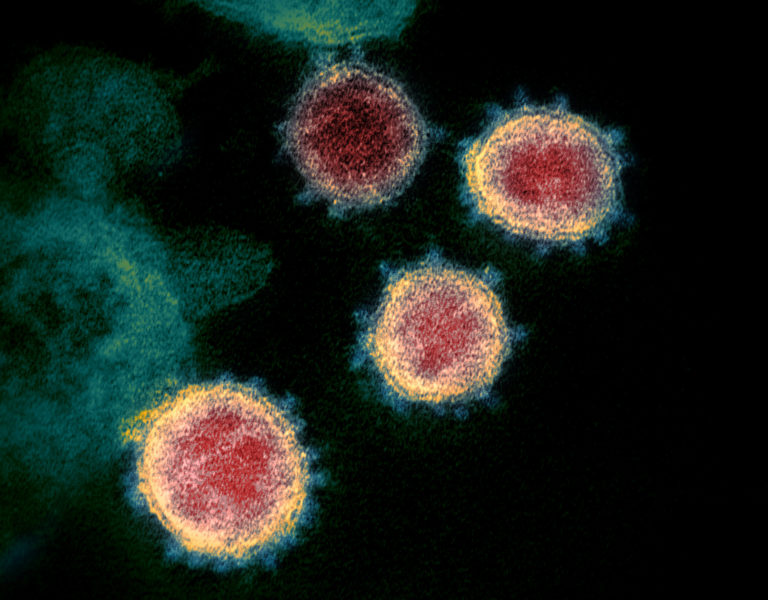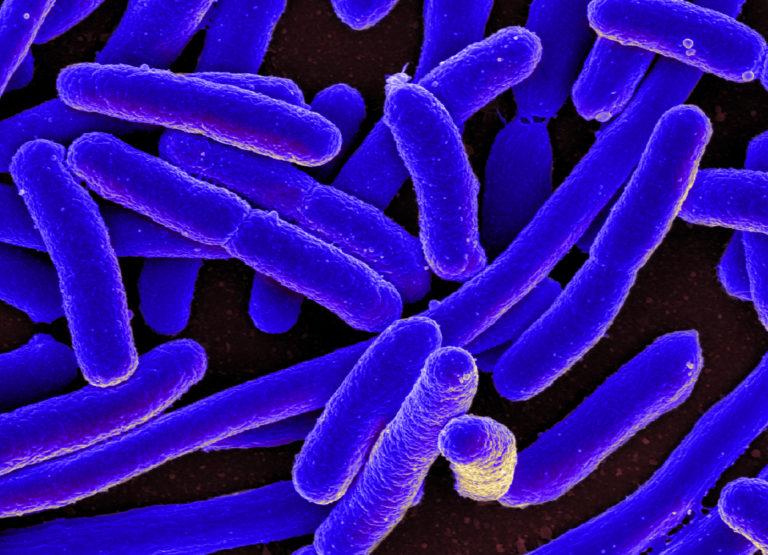This article is from the free online
Preventing and Managing Infections in Childcare and Pre-school


Reach your personal and professional goals
Unlock access to hundreds of expert online courses and degrees from top universities and educators to gain accredited qualifications and professional CV-building certificates.
Join over 18 million learners to launch, switch or build upon your career, all at your own pace, across a wide range of topic areas.

 Image: SARS-CoV-2, CC-0
Image: SARS-CoV-2, CC-0  Image: Malassezia fungus, CC-0 Janice Haney Carr,
Image: Malassezia fungus, CC-0 Janice Haney Carr,  Image: E. Coli Bacteria, CC-BY
Image: E. Coli Bacteria, CC-BY 





